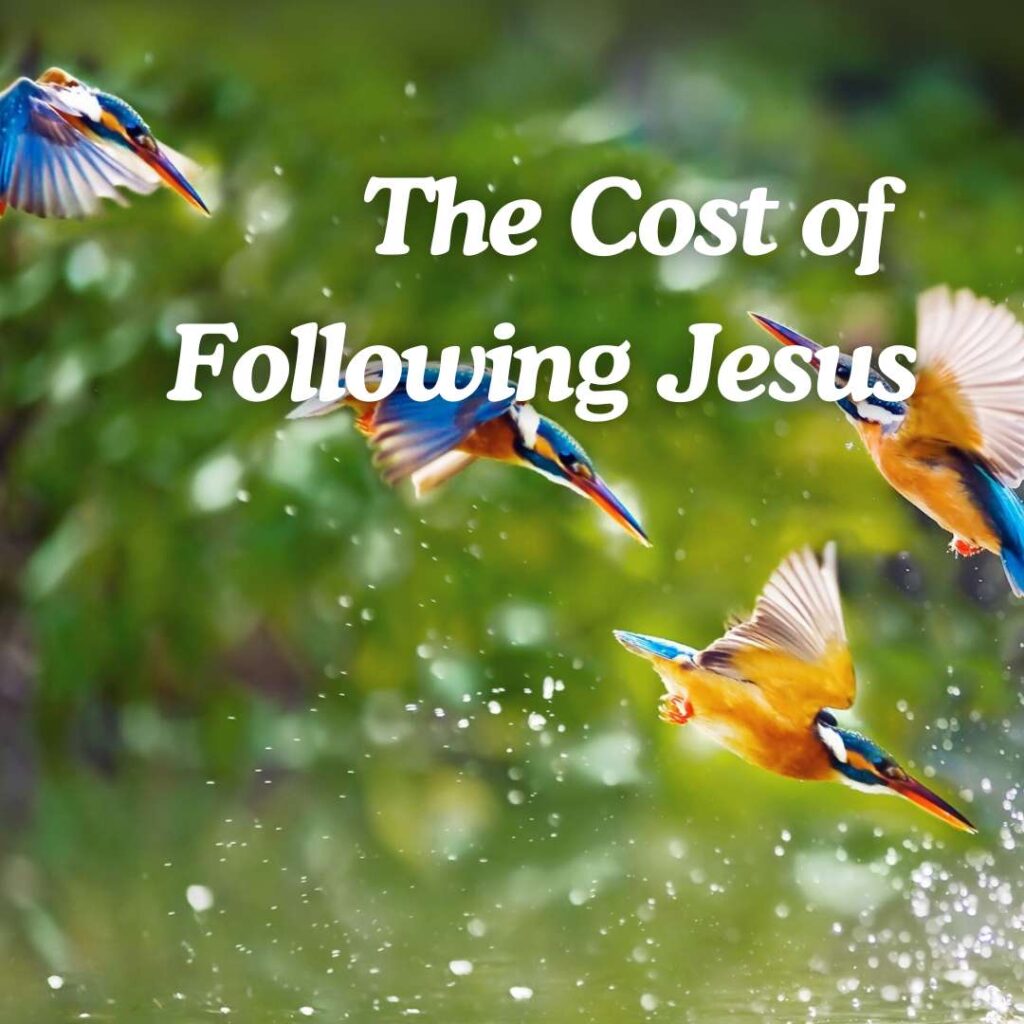 The Glorified State of the Resurrected Body
The Glorified State of the Resurrected Body
One of the most significant characteristics of the resurrected body is that it will be glorified. This means that it will be free from the limitations and imperfections of our earthly bodies. The glorified body will reflect the glory of God and be perfectly suited for eternal life in heaven. The Apostle Paul speaks of this transformation in his first letter to the Corinthians: “So also is the resurrection of the dead. The body is sown perishable; it is raised imperishable. It is sown in dishonour; it is raised in glory. It is sown in weakness; it is raised in power” (1 Corinthians 15:42-43, WEBBE).
The CCC explains that the glorified body will be free from suffering, corruption, and death: “Christ will raise us up ‘on the last day’; but it is also true that in a certain way we have already risen with Christ. For, by virtue of the Holy Spirit, Christian life is already now on earth a participation in the death and Resurrection of Christ” (CCC 1002). This glorified state means that the resurrected body will no longer be subject to decay, illness, or death, and will be fully alive in a way that surpasses our current experience.
Incorruptibility and Immortality
The resurrected body will be incorruptible and immortal. Unlike our earthly bodies, which are subject to aging, sickness, and death, the resurrected body will not experience any form of decay. This incorruptibility is a direct result of the body’s union with Christ, who conquered death through His own resurrection. In 1 Corinthians 15:53, Paul emphasizes this transformation: “For this perishable body must become imperishable, and this mortal must become immortal” (WEBBE).
The CCC further elaborates on this point: “In death, the separation of the soul from the body, the human body decays and the soul goes to meet God, while awaiting its reunion with its glorified body. God, in His almighty power, will definitively grant incorruptible life to our bodies by reuniting them with our souls, through the power of Jesus’ Resurrection” (CCC 997). This passage underscores the belief that the resurrected body will be free from all corruption and will share in the immortality of Christ.
Perfected Physical Abilities
Another characteristic of the resurrected body is that it will have perfected physical abilities. The limitations we experience in our current bodies, such as fatigue, hunger, and physical weakness, will no longer exist. The resurrected body will be fully empowered and capable of performing actions that surpass our natural abilities. This is not merely an enhancement of our current physical capabilities but a complete transformation that reflects the divine power of God.
The Gospels provide glimpses of the resurrected Christ, whose glorified body exhibited extraordinary abilities. For example, Jesus appeared to His disciples even though the doors were locked (John 20:19, WEBBE), and He was able to vanish from their sight (Luke 24:31, WEBBE). While these accounts are specific to the glorified body of Christ, they offer insights into the nature of the resurrected body that believers will receive.
The CCC teaches that the resurrection of the body is a transformation that brings the body into full conformity with the glorified state of Christ: “Just as Christ is truly risen from the dead and lives forever, so after death the righteous will live forever with the risen Christ and He will raise them up on the last day” (CCC 989). This perfected state will allow the body to participate fully in the divine life and the joys of heaven.
Spiritualized Nature
The resurrected body will also possess a spiritualized nature. This does not mean that the body will cease to be physical, but rather that it will be fully attuned to the spirit and no longer subject to the desires and weaknesses of the flesh. In 1 Corinthians 15:44, Paul contrasts the natural body with the spiritual body: “It is sown a natural body; it is raised a spiritual body. There is a natural body, and there is also a spiritual body” (WEBBE).
The CCC explains that the spiritual nature of the resurrected body will allow it to be completely under the influence of the Holy Spirit: “If the Spirit of him who raised Jesus from the dead dwells in you, he who raised Christ Jesus from the dead will give life to your mortal bodies also through his Spirit who dwells in you” (CCC 1000). This spiritualization means that the body will be fully responsive to the will of God, free from the disordered inclinations that characterize our fallen nature.
The spiritualized nature of the resurrected body also implies that it will be perfectly united with the soul, allowing for a complete and harmonious existence. This union reflects the original intention of God for humanity, where body and soul were meant to work together in perfect harmony, fully directed toward the worship and love of God.
Radiance and Beauty
Another characteristic of the resurrected body is that it will radiate beauty and glory. The glorified body will reflect the light of Christ, who is the source of all beauty and goodness. This radiance is not merely an external appearance but a manifestation of the soul’s holiness and union with God.
In the Gospel of Matthew, Jesus speaks of the righteous shining like the sun in the kingdom of their Father: “Then the righteous will shine like the sun in the kingdom of their Father. He who has ears to hear, let him hear” (Matthew 13:43, WEBBE). This imagery highlights the glorified state of the resurrected body, which will be resplendent with the glory of God.
The CCC affirms that the glory of the resurrected body will be a reflection of Christ’s own glory: “Christ, ‘the first-born from the dead’ (Colossians 1:18), is the principle of our own resurrection, even now by the justification of our souls, and one day by the new life He will impart to our bodies” (CCC 658). This glorified state will be a visible sign of the soul’s sanctity and its participation in the divine life.
Continuity and Identity
While the resurrected body will possess new and glorified traits, it will still maintain continuity with the earthly body, preserving the individual’s identity. This continuity is essential to the Catholic understanding of the resurrection, as it affirms the belief that the same person who lived, died, and was buried will rise again.
The CCC teaches that the resurrection will involve the reunification of the body and soul, preserving the individual’s identity: “We believe in the true resurrection of this flesh that we now possess” (CCC 1017). This belief underscores the idea that the resurrected body will be the same body that was once subject to the limitations of earthly life, but now transformed and glorified.
The continuity of the body also implies that the resurrected body will be recognizable, albeit in a glorified form. This is evident in the post-resurrection appearances of Jesus, where He was recognized by His disciples, though sometimes only after a moment of revelation (Luke 24:30-31, WEBBE). This recognition points to the fact that the glorified body, while transformed, remains the same body that was crucified and buried.
Conclusion: The Glorified Body as a Gift of God’s Love
The traits of the resurrected body reflect the fullness of God’s redemption and the ultimate destiny of the human person. Through the resurrection, God transforms our earthly bodies, freeing them from all imperfections and making them fit for eternal life with Him. This glorified state is a gift of God’s love, allowing the faithful to participate fully in the divine life and experience the joys of heaven.
The Catholic belief in the resurrection of the body is a source of hope and encouragement, reminding the faithful that death is not the end but the beginning of a new and glorified existence. As we live our earthly lives, we are called to prepare for this resurrection by growing in holiness and union with Christ, who is the “resurrection and the life” (John 11:25, WEBBE). Through faith in the resurrection, we look forward to the day when our bodies will be raised in glory, and we will share in the eternal life that God has prepared for us.
You may also want to read the book “What Should You Look Forward To In Heaven?”




